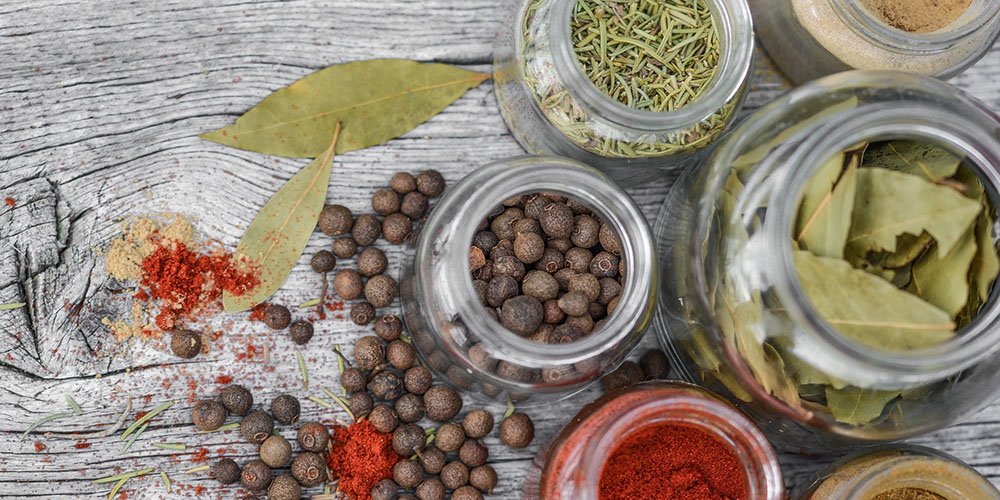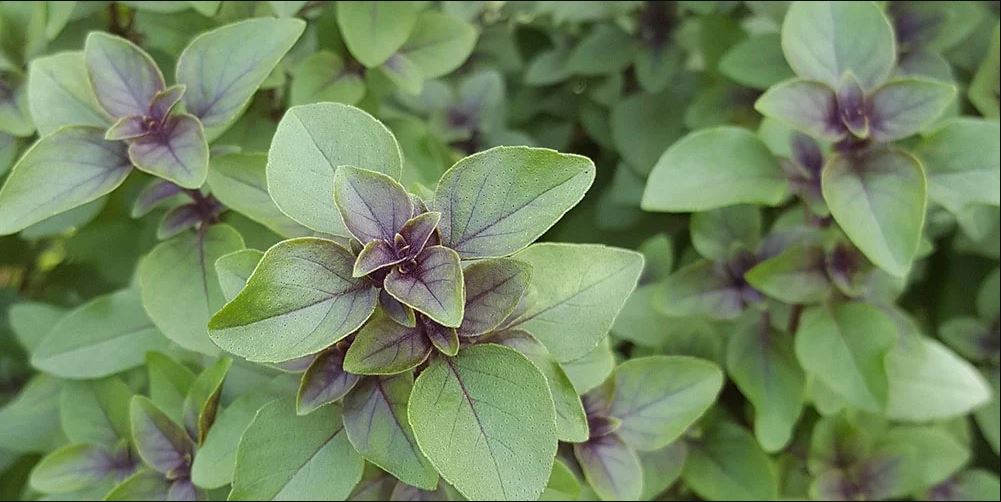Ayurvedic Plants that You Can Grow at Home
Ayurvedic plants are not only highly nutritious, in many cases they are also said to have great healing power – which is why it is a very good idea to keep a few of them in your home. These Ayurvedic plants that you can grow at home will not only be a nice decoration for your living room, but you can also use them in everyday life.
But what are those Ayurvedic plants? What are the ones we can use most often? Or what are the ones we can easily get? In the following, we will answer these questions, introduce you to quite a few photosynthetic wonders, and introduce you to how you can use them in everyday life.
Ayurveda and Nutrition
Just in case this topic is new for you, here are some basics you should know. As we put it in an earlier article about an Ayurvedic diet , “According to the traditional Indian medical system Ayurveda, there are four pillars of health. The first is nutrition (ahara), the second is agenda (dinacharya), the third is lifestyle (vihara), and the fourth is therapy (ausadhi). And because in Ayurveda most health problems are traced back to the digestive system, there is a particular emphasis on nutrition. Ayurveda encourages a conscious lifestyle, the essence of which is for everyone to eat food that meets their dosha. ” Here you can also read everything about the three doshas and their body types.

Herbs in Ayurveda
Ayurvedic plants play a central role in this traditional Indian medical system. On the one hand, because the central element of Ayurveda is nutrition, maintaining the health of the digestive system by consuming the right foods. This fully includes various plants and herbs.
On the other hand, because they can be included in the therapy part of the system, because of their therapeutic effect, among others as teas or powders obtained from the leaves and stems of plants.
They can be used externally, for example for wound healing, orally, taken orally or even added to food. Today, there are more than 600 original herbal formulations that have the great advantage of having no side effects. By the way, Ayurvedic plants are usually not to be used alone, but in complex formulas, so their effects complement each other.
Ayurvedic Plants for Your Home
So there is nothing left but to see what is all worth planting in the kitchen garden, keeping in mind the basic rules of Ayurveda.
Methi, or Fenugreek – Great for Your Digestion
It is not just a simple herb, it is also very popular in India as a scented appetizer. Methi has a good effect on digestion, eliminates intestinal gasses in the body and has a known sedative effect. It is also used to lower fever and cholesterol levels. It is even said to have several beneficial effects on pregnant women, such as helping with breastfeeding and easing uterine contractions. It is also said to protect the liver from the negative effects of alcohol.
Fenugreek requires a few hours of direct sunlight each day, so place the pot with the seeds next to your window or at your balcony. Besides that it is quite easy to grow. Fill your planter with a potting mix, distribute the seeds and cover with a bit more soil.
You should be able to harvest the leaves after about 40 days and it will take about two weeks for them to grow back. If you are going for the seeds, it will take about 4 to 5 months till they are ready to harvest.

Tulsi, or Holy Basil – A Sacred Healing Plant
Tulsi is special among Ayurvedic plants, as it is also a sacred plant. It is often found in the gardens of temples, but is now often planted in kitchen gardens. Holy basil has a fantastic scent that opens the airways, clears excess fluid from the lungs and also increases lung capacity. It is also used as an antipyretic and anti-inflammatory, but is also suitable for relieving pain.
Holy Basil requires relatively warm temperatures, so no matter if you want to keep it inside or outside in the long run, you should start the seeds inside. Keep the soil moist and they should germinate in about 3 week. Make sure to place the plants in a spot with lots of sunlight.
Haldi, or Turmeric – A True All-Rounder
Turmeric is perhaps the best known of the Ayurvedic plants. If you cook Indian food, you have surely used it as a spice before. You easily recognize its bright yellow color and its characteristically taste and smell.
But not only does this rhizom work wonders with our food! It is very rich in various beneficial components, so it can be widely used for various medicinal purposes. It is said to help maintain healthy brain function, high oxidation activity, but it also said to help prevent more serious diseases such as cancer or Alzheimer’s. It is also great as an anti-inflammatory without any unpleasant side effects.
Turmeric is easy to grow, but it takes some patience, since it will take about 10 months till your first harvest. All you need is a big pot and a turmeric rhizome from your Indian grocery store. To start you can also sprout your turmeric in smaller containers. Depending on its size cut the rhizome into smaller pieces, but make sure that each piece has at least 2 or 3 buds (or fingers), which are the parts that will sprout later on.
Plant the rhizome pieces with ample space in between them about 5-10 cm deep. It is important that the small nubs all point upwards. Now you will need a lot of patience, since it can take up to two months for the turmeric to sprout.
And now there is nothing left but to grab some seeds, pots, a little spade and cut into the garden!
Don’t forget to follow us on Facebook, if you want to read more news about the best yoga studios in Budapest, yoga & healthy lifestyle events in Budapest and a conscious lifestyle!
 English
English magyar
magyar